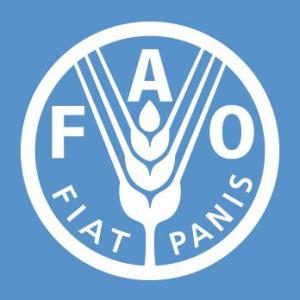FAO assists Iran in drought vulnerability and drought impact assessment in the Urmia Lake basin
10 June 2020
- A new report developed by the Food and Agriculture Organization of the United Nations (FAO) sheds lights on potentially drought vulnerable populations in the Urmia Lake basin. It also shows how drought events have resulted in agricultural production decline and livelihood loss in the area.
A new report developed by the Food and Agriculture Organization of the United Nations (FAO) sheds lights on potentially drought vulnerable populations in the Urmia Lake basin. It also shows how drought events have resulted in agricultural production decline and livelihood loss in the area.
According to Mr Mohammad Vesal, a consultant in FAO and a Scientist at the Sharif University of Technology who led this study, a wide range of data sources, including agricultural and population census, household expenditure and labour force surveys, as well as geographical information have been utilised to construct a precise vulnerability assessment at district-level for the Urmia Lake basin.
Furthermore, FAO has put together several rounds of household expenditure and income surveys, annual agricultural statistics, and drought indices to assess the historical impact of drought events on both agriculture sector and the livelihood of local communities in the region.
Outlining the main policy implications of the report, Mr Vesal says, “By providing evidence on the vulnerable population and historical impacts of droughts, this report helps with identification of target groups and formulation of remedial policies that should be enacted upon droughts to mitigate their impact.
He further said, “Since most livelihoods in the region are based on environmental resources like land and water, understanding both the nature of the livelihoods that rely on water and potential risks for such livelihoods is essential to formulate practical restoration strategies for Urmia Lake.”
In this regard, the results of the study reveal that the total value of crops produced in the basin has been declined by 6.4 percent, while the total value of rain-fed crops shows a 26.7 decline, during severe droughts. On the other hand, considering expenditure per capita as a measure of livelihoods, the report estimates a reduction of around 4 percent for severe droughts.
With generous support of the Government of Japan, FAO in close collaboration with Urmia Lake Restoration Program (ULRP) implements the project “Integrated Programme for Sustainable Water Resources Management in the Urmia Lake Basin” to halt and invert Urmia Lake’s desiccation







